When to start seeds indoors is the thing every gardener wants to easily know. It is the key to making sure plants are ready when the soil is and harvests happen in a timely manner.
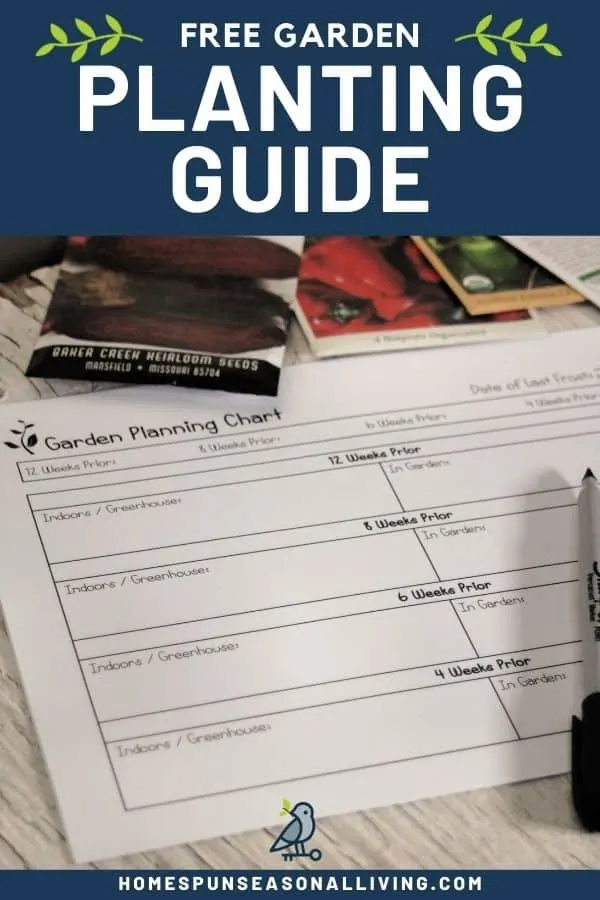
Use this easy planting guide to plan when to start seeds, when to move things outside, and when to direct seed your garden.
This custom and simple planting calendar will help you get the garden planted in ideal time for delicious harvests later.
Why Timing is Important
Not everything gets planted at the same time, some seeds get direct seeded right into the garden, some get started inside, some go before the last frost, some after and so on.
It’s a lot to keep track of without creating a plan and plotting it out on some paper (or some digital calendar).
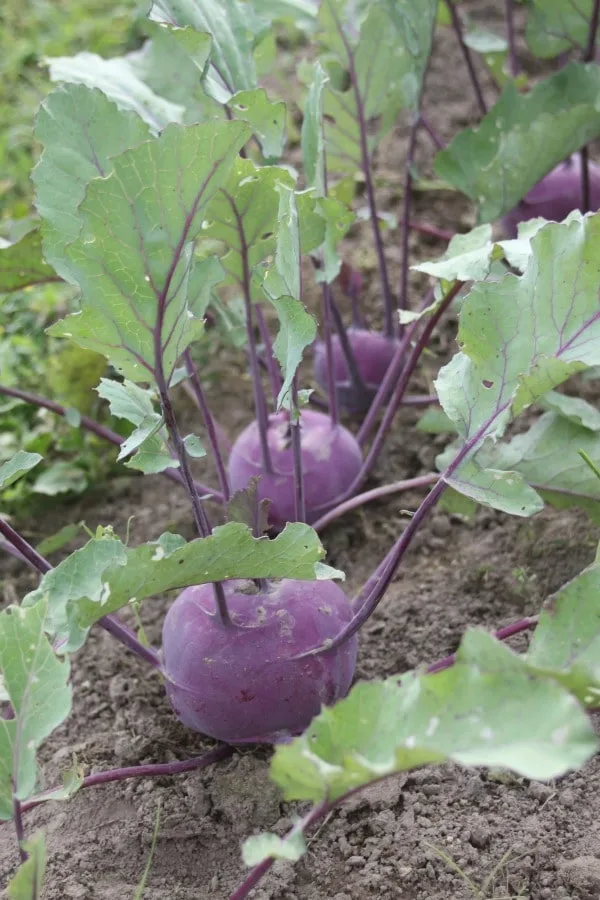
Having it written down keeps one from having to constantly look in books and on the backs of seed packets. Most importantly, it makes sure nothing gets forgotten. This way windows of frost-free or even too hot of temperatures don’t get missed.
If you’d like to create your own garden planting schedule, here’s how to get started and a free printable for you.
Find the Last Frost Date
It’s important to find the approximate last frost date.
I’ll be honest, I always push it a little and make sure I’m ready to cover plants in the garden if needed.
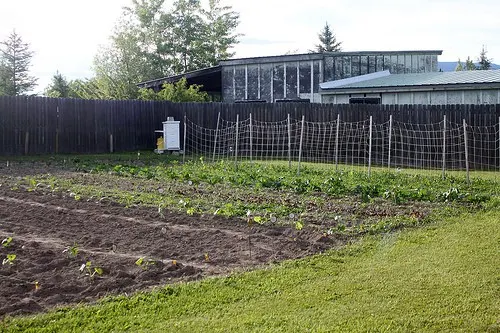
However, the last frost date is the best place to start. It helps you know generally when to start seeds and when to plant outside. You can figure your specific last frost date by checking The Old Farmer’s Almanac.
Back Date
Schedule things by 4 weeks before the last frost, 6 weeks, 8 weeks, and 12 weeks – that’s usually plenty early enough.
This is a general outline but will help you decide what needs to be started inside and when. Next, it gives you dates to transplant outside at the appropriate time.
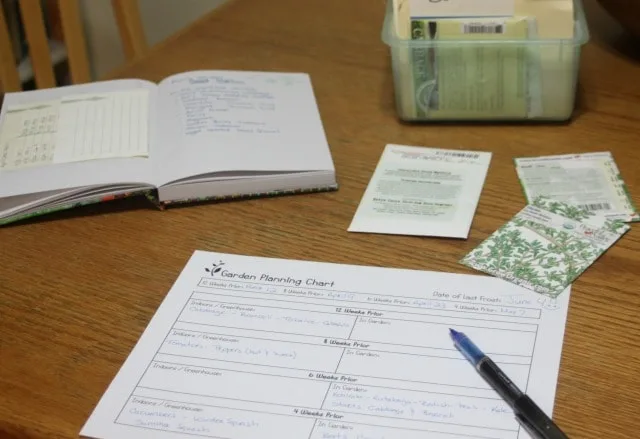
Don’t just write 6 weeks before, however; assign it an actual date. This actual date will help you plan what needs doing and when. It also helps keep the schedule clear for planting on important days.
One or two days on either end of these dates isn’t going to ruin your garden. The schedule has room for flexibility, use it as a guide, not a rule.
An example of how I use my garden planting schedule, I start broccoli and cabbage inside the greenhouse 12 weeks before the last frost and then those seedlings go outside into the garden 6 weeks prior to the last frost.
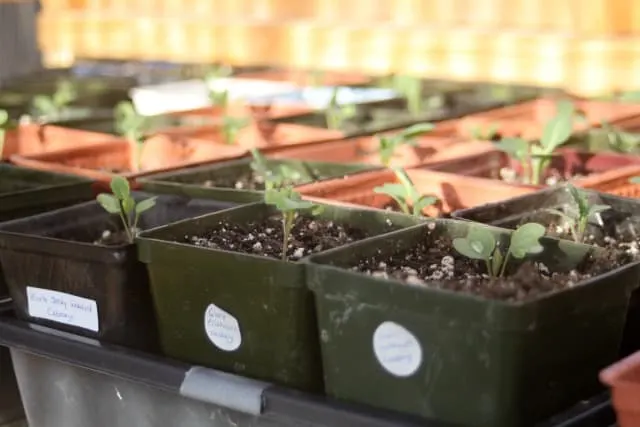
Growing peppers from seed means getting started 8 weeks prior to the last frost and go outside right around that frost date (which is generally pushing it for me).
Plan in One Sitting
Sit with your garden journal from last year, maybe a trusted book or two, and all those seed packets to figure out what needs to get started and where indoors or outside.
Do this one time, it shouldn’t take but about 30 minutes and you’re ready for the season ahead. This planning now saves so much time later.
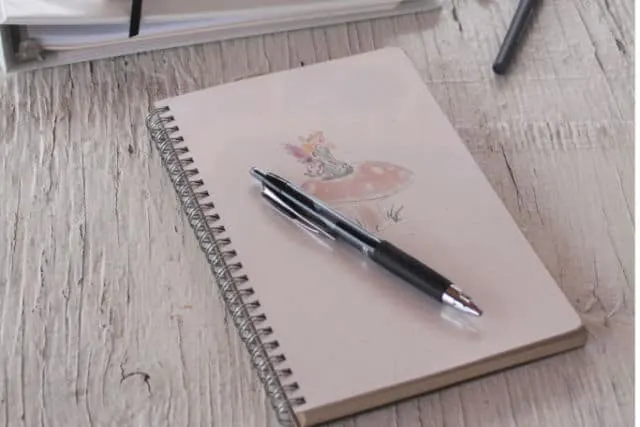
This planning session means no digging through seed packets and checking the back of everyone to make sure an important date isn’t missed, it also means the zucchini or anything else isn’t forgotten during the rush of spring gardening
Keep these schedules in your garden journal to refer to each year to make it even easier to plan.
If you don’t have a journal for this year be sure to check out the amazing The Gardening Notebook for not only journal space but also for tons of great gardening information.
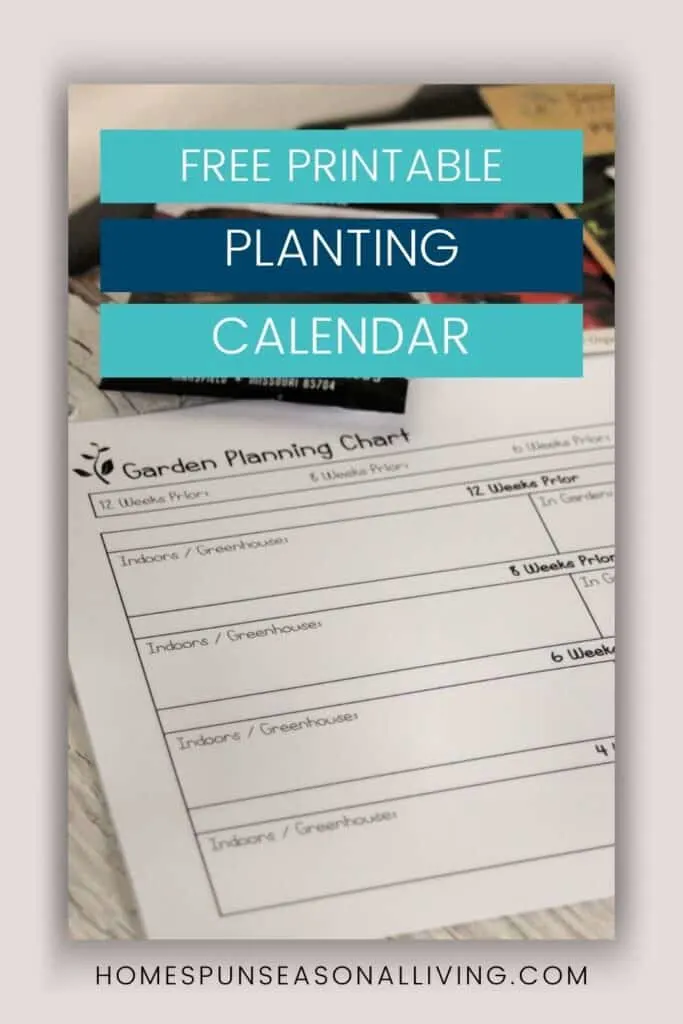
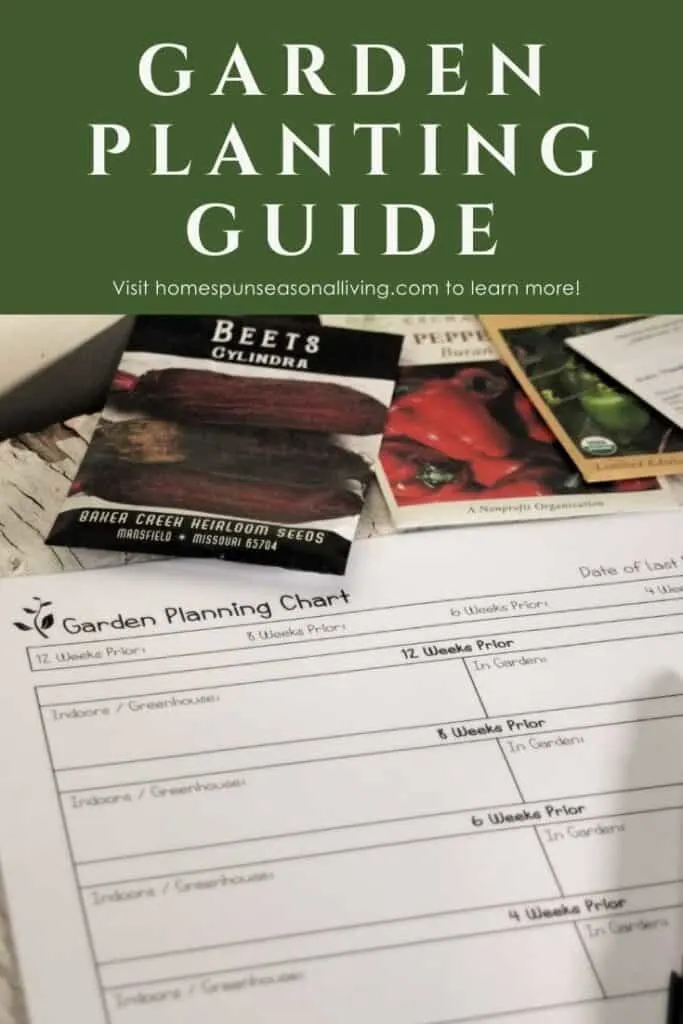
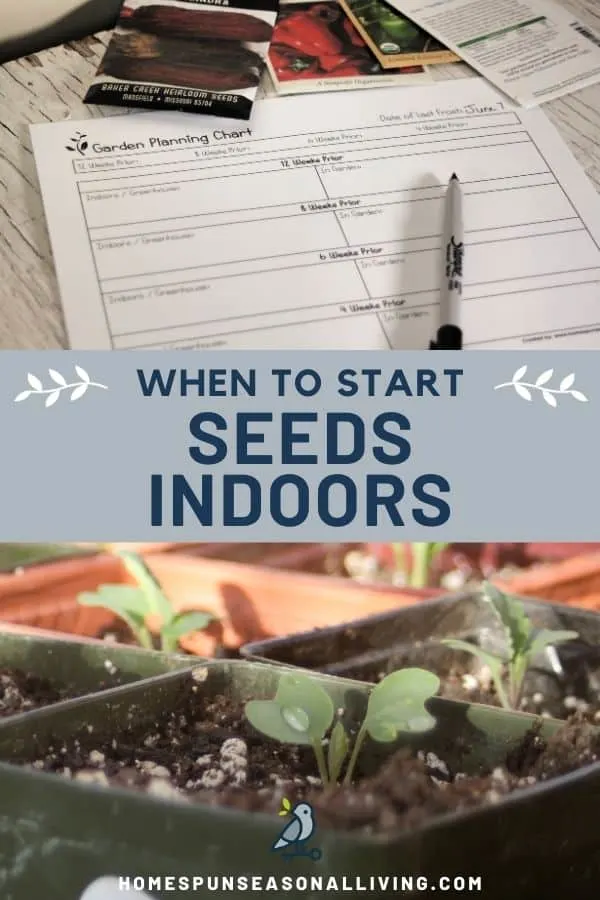
Willow
Monday 25th of January 2021
Hi Kathie, There seems to be no link for the document. Willow
Erin Estep
Wednesday 23rd of January 2019
I signed up and wasn't able to access document. It led me to an un-openable document...
Kathie Lapcevic
Wednesday 23rd of January 2019
I'm so sorry for the tech difficulty. I'll email you the pdf shortly.
Kathy Hutton
Tuesday 24th of January 2017
I am moving to Eureka this summer and would like a copy of 'your' planning calendar. It would be a great place to start. I am moving from Washington and the seasons are sooooo different. Is it possible?
Marie
Friday 22nd of January 2016
This seems such an obvious idea and yet, for the last 10 years, we have done our gardening unplanned and forgotten things we wanted to plant or planted way to late: you should see our brussel sprouts!
With this article and the planner we can plan all the planting quietly at home by the fire (it is freezing here) and just act on it at the due date, wich will be recorded on our home calendar too just to make sure! thank you for your advice, I can't wait to get started. This year we want to grow enough to put by for the hungry months and this will be a great help.
Homespun Seasonal Living
Friday 22nd of January 2016
I'm so glad this schedule is a useful idea for you! Good luck with that garden and all the food preservation work!
Tina
Tuesday 29th of December 2015
I love how simple this spreadsheet is. I was just trying to figure out how I was going to plan our first year of serious planting, and this is just what I needed.
Thanks!
Homespun Seasonal Living
Tuesday 29th of December 2015
Oh I'm so glad to hear it. Happy planting!